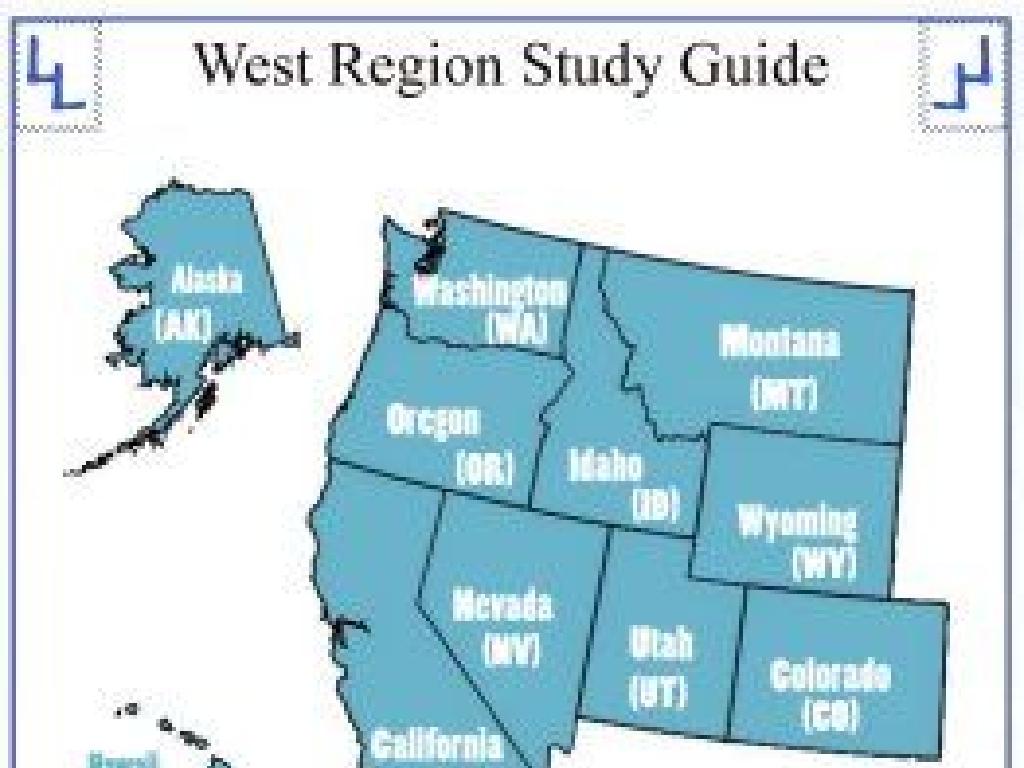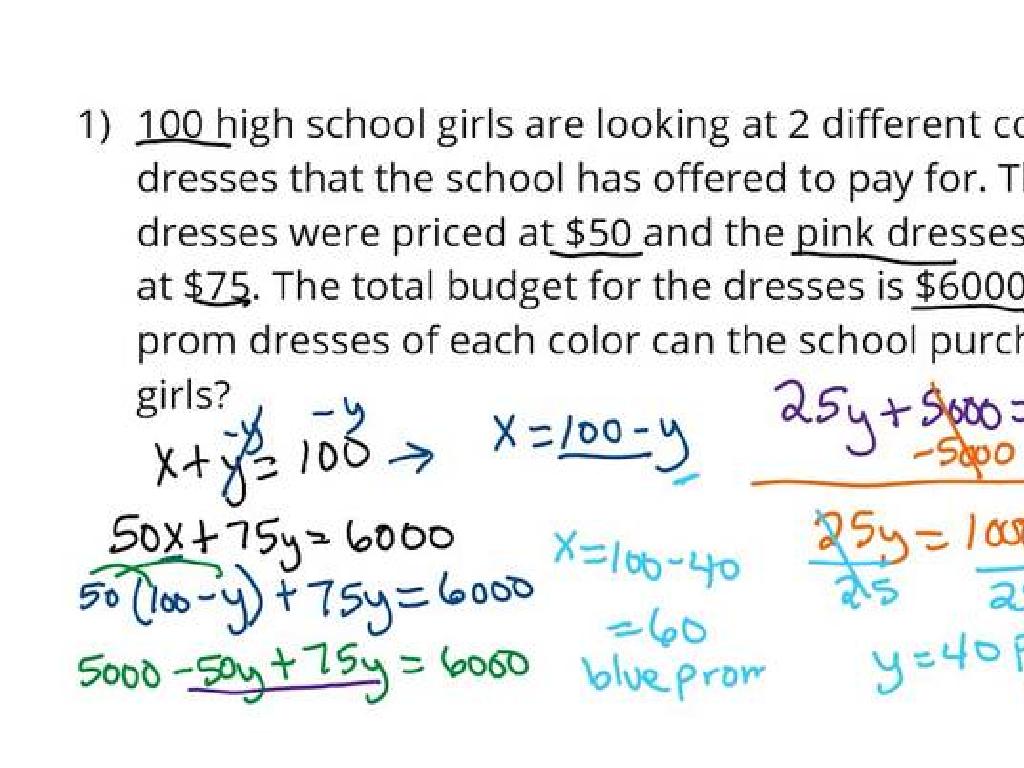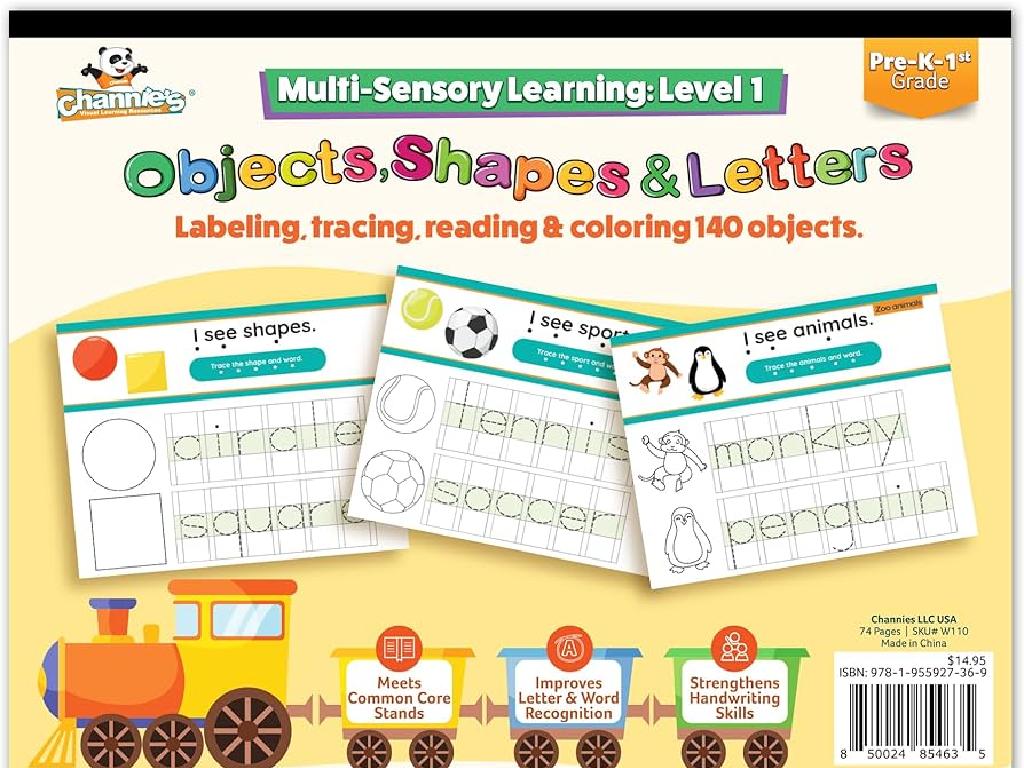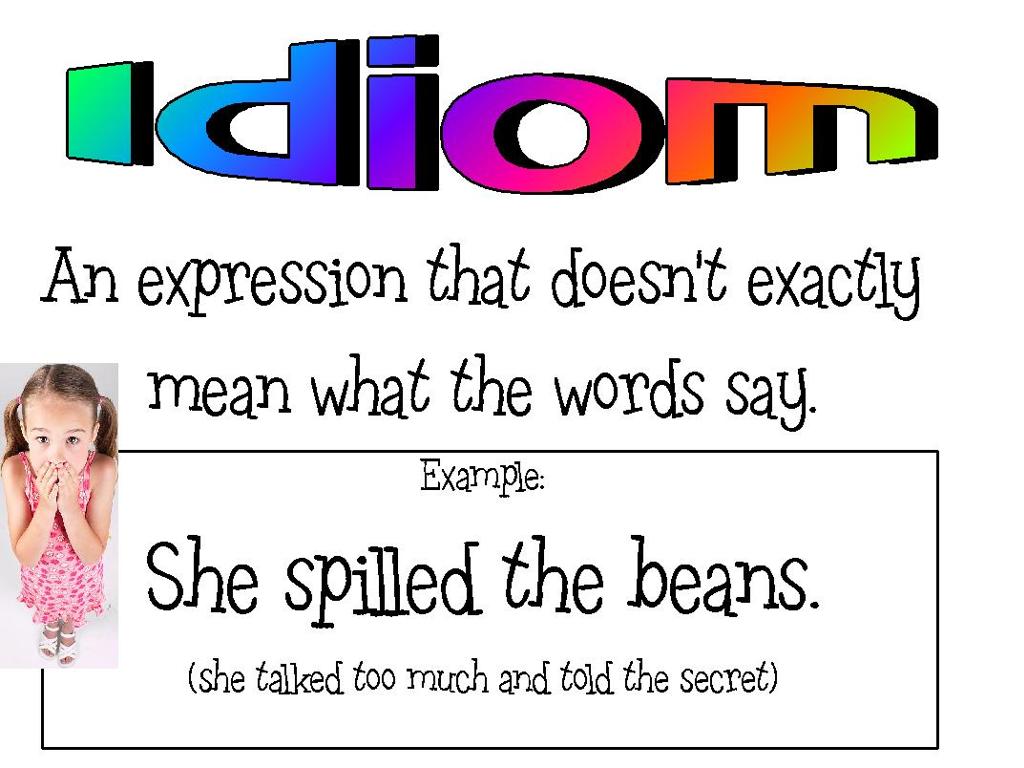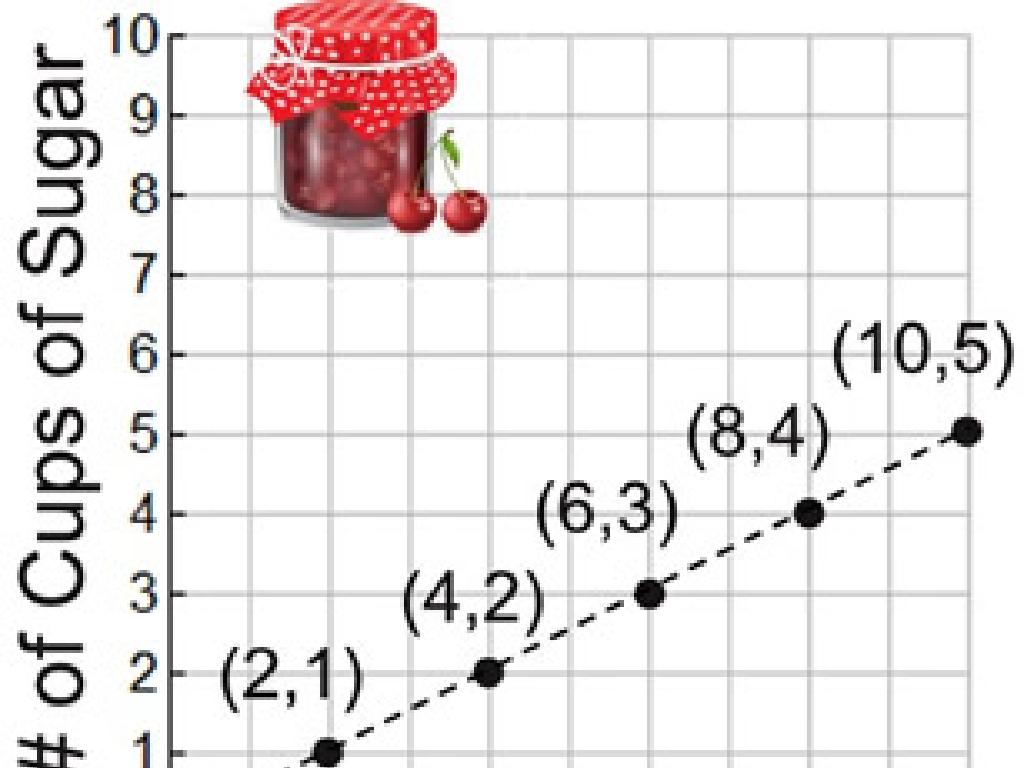Basic Economics Concepts
Subject: Economics
Grade: High school
Topic: Macroeconomics
Please LOG IN to download the presentation. Access is available to registered users only.
View More Content
Basic Economic Concepts in Macroeconomics
– Foundation of Macroeconomics
– Macroeconomics studies the economy as a whole, including inflation, unemployment, and GDP.
– Key Economic Concepts
– Concepts like supply and demand, opportunity cost, and scarcity.
– Relevance to Daily Life
– Understanding economics helps in making informed decisions as consumers, voters, and citizens.
– Encouraging Economic Literacy
|
This slide introduces students to the fundamental concepts of macroeconomics, which is the branch of economics that deals with the performance, structure, behavior, and decision-making of an economy as a whole. Highlight the importance of key concepts such as supply and demand, opportunity cost, and scarcity, and how they form the basis for more complex topics in economics. Discuss why a basic understanding of these concepts is crucial for everyday life, as it empowers individuals to make better financial decisions, understand the effects of government policies, and participate more effectively in the economy. Encourage students to think about how economic principles affect their daily lives and the importance of being economically literate in today’s world.
Scarcity and Choice in Economics
– Scarcity: The basic economic issue
– Limited resources vs. unlimited wants
– Choice: Decision-making in scarcity
– Every choice has an opportunity cost
– Personal finance budgeting example
– Allocating a monthly allowance effectively
– Balancing wants and needs
|
This slide introduces students to the fundamental concepts of scarcity and choice, which are the cornerstones of economic theory. Scarcity is the condition where our wants exceed the limited resources available, necessitating choice. Emphasize that every choice made in the face of scarcity has an opportunity cost, which is the next best alternative foregone. Use the example of personal finance budgeting to make the concept relatable; students can understand how a limited monthly allowance must be allocated between various wants and needs, illustrating the real-life implications of scarcity and choice. Encourage students to think critically about their own spending decisions and the trade-offs they represent.
Supply and Demand: Market Forces
– Understanding the Law of Supply
– Producers are willing to sell more at higher prices.
– Grasping the Law of Demand
– Consumers buy more at lower prices, less at higher prices.
– Achieving Market Equilibrium
– The point where supply equals demand.
– Case Study: New Product Impact
– Examining price changes after a tech gadget launch.
|
This slide introduces students to the foundational concepts of supply and demand, which are crucial for understanding market dynamics in macroeconomics. The Law of Supply states that producers are more inclined to sell goods at higher prices, leading to greater supply. Conversely, the Law of Demand suggests that consumers purchase more goods when prices are lower, resulting in higher demand. Market equilibrium is the point at which the quantity supplied equals the quantity demanded, stabilizing the price. To illustrate these concepts, present a case study on how the release of a new tech gadget can affect market prices, demonstrating real-world application of supply and demand theories. Encourage students to think critically about how various factors can influence market equilibrium.
Understanding Opportunity Cost
– Define Opportunity Cost
– The cost of the next best alternative foregone when making a choice.
– Trade-offs in decision making
– Every choice involves trade-offs; selecting one option over another.
– Examples of Opportunity Cost
– Choosing between studying or socializing: studying costs leisure time.
– Activity: Calculate daily Opportunity Costs
|
Opportunity cost is a key concept in economics that refers to the value of the next best alternative that is given up when making a decision. It’s crucial for students to understand that every decision incurs a cost, as choosing one option means forgoing another. Provide examples such as the choice between studying for an extra hour or spending that time with friends. The opportunity cost of studying is the enjoyment and relaxation one would have experienced during that time. For the activity, students will reflect on their daily decisions, such as spending money on lunch versus saving it, and calculate the opportunity cost of these choices. This exercise will help them understand the concept in a practical, relatable way and recognize the importance of considering opportunity costs in their everyday life.
Exploring Economic Systems
– Types of Economic Systems
– Capitalism, Socialism, Mixed Economy
– Addressing Economic Questions
– Who produces goods? Who gets them? How is it decided?
– Discussing Pros and Cons
– Advantages: efficiency, equity, growth. Disadvantages: inequality, lack of social services, etc.
– Capitalism vs. Socialism vs. Mixed
|
This slide introduces students to the fundamental economic systems that shape societies: Capitalism, Socialism, and Mixed Economy. Each system has a unique approach to addressing the basic economic questions of what to produce, how to produce, and for whom to produce. Students should understand that Capitalism is market-driven with private ownership, Socialism is state-driven with an emphasis on equal distribution, and Mixed Economy combines elements of both. The discussion should highlight the advantages of each system, such as efficiency and innovation in Capitalism, and the disadvantages, such as potential inequality. Encourage students to think critically about how these systems function in the real world and the implications of each system’s approach to resource distribution and economic growth.
Understanding Gross Domestic Product (GDP)
– Define GDP and its significance
– GDP measures a country’s economic health, representing total value of goods/services produced.
– Explore GDP components
– Consumption: spending by households. Investment: business spending. Government: public sector spending. Net Exports: exports minus imports.
– Examine recent US GDP trends
– Look at changes in US GDP over past quarters/years to understand economic growth/stability.
– Discuss GDP’s economic impact
|
Gross Domestic Product (GDP) is a crucial economic indicator that reflects the overall health of a country’s economy. It is the total market value of all goods and services produced within a country in a specific period. Understanding GDP is essential for students as it helps them analyze economic performance and policy impacts. The four components of GDP Consumption, Investment, Government Spending, and Net Exports each play a significant role in the economy. By examining recent GDP trends, students can gain insights into the United States’ economic conditions, such as growth rates and economic cycles. Discussing GDP’s impact on the economy will help students connect theoretical concepts with real-world economic scenarios.
Inflation and Unemployment: Economic Indicators
– Exploring causes and effects of inflation
– Inflation occurs when prices rise, decreasing money’s purchasing power.
– Inflation vs. Unemployment: The connection
– The Phillips Curve illustrates the inverse relationship between the two.
– Analyzing current U.S. economic data
– Look at recent statistics from sources like the Bureau of Labor Statistics.
– Understanding the impact on society
– Consider how these factors affect everyday life and future job markets.
|
This slide aims to provide students with a foundational understanding of two critical macroeconomic indicators: inflation and unemployment. Begin by defining inflation and discussing its causes, such as demand-pull and cost-push factors, and its effects on the economy, including reduced purchasing power. Introduce the concept of the Phillips Curve, which historically suggested an inverse relationship between inflation and unemployment, though this relationship can vary based on economic conditions. Present the latest data on inflation and unemployment rates in the U.S., encouraging students to think critically about how these figures are calculated and what they represent. Discuss the broader societal impacts, such as changes in consumer behavior, wage stagnation, and challenges in the job market. This will help students connect theoretical concepts to real-world scenarios.
Fiscal and Monetary Policy in Macroeconomics
– Government’s role: Fiscal Policy
– Fiscal policy involves government spending and taxation to manage the economy.
– Central bank’s role: Monetary Policy
– Monetary policy is how the central bank controls the money supply and interest rates.
– Influencing economic growth
– These policies can stimulate or slow down economic activity.
– Promoting economic stability
– Aim to reduce unemployment, control inflation, and stabilize currency.
|
This slide introduces students to the two main levers of economic control used by governments and central banks to influence a country’s economy. Fiscal policy refers to the government’s use of spending and taxation to influence economic conditions, including levels of employment, inflation, and economic growth. Monetary policy, managed by the central bank, involves regulating the money supply and interest rates to achieve similar goals. Both policies are crucial for maintaining economic growth and stability, and they often need to be adjusted in response to economic indicators. Students should understand that these policies are tools to manage the economy and are used to target macroeconomic objectives like full employment, price stability, and sustainable growth rates.
Class Activity: Economic Decision-Making Game
– Engage in a simulated market activity
– Experience scarcity and make trade-offs
Scarcity affects choices, leading to trade-offs between options.
– Understand opportunity cost through gameplay
Opportunity cost is what you give up when choosing one option over another.
– Discuss the impact of your economic decisions
|
This interactive class activity is designed to help students apply their knowledge of basic economic concepts through a simulated market game. Students will be given a set of resources and will have to make decisions on how to allocate them, experiencing scarcity and the need for trade-offs. They will learn about opportunity cost by observing what they must give up with each decision. After the activity, facilitate a group discussion to reflect on the outcomes of their decisions, encouraging students to share their strategies and what they learned about economic decision-making. Possible activities include budget allocation, resource distribution, or a trading game where students must prioritize their needs and wants.

